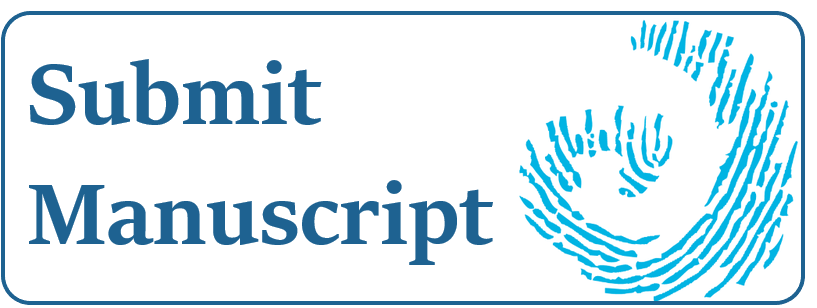The thorniest area: making collections accessible online while respecting individual and community sensitivities
Abstract
New technologies and the Internet now make possible wide access through digital copies to the collections of libraries, archives and museums. This represents an unprecedented opportunity to make their collections accessible and a historic change in the way information is delivered. Archives and libraries are meeting the challenges and using the opportunities presented. Access and disclosure are now no longer narrowly legal concepts encompassing permission to view material in a reading room. Legal permission is only the first step in making material available. The second step is to decide how to make collection material available, whether through original materials in reading rooms, single copies provided to individuals, or online copies available to the world. The space between what can legally be displayed online and what individuals or the community will tolerate online is a complex one for archivists and other professionals in cultural institutions. In this space we encounter issues of privacy in regard to personal information and of community attitudes in relation to material that may be regarded as offensive. There has been little discussion of these issues in the literature. Governments and the public expect greater online access to the collections of cultural institutions. One response is for institutions to develop policies and procedures that reflect community concerns over the sort of material available online and that also result in consistent and defensible decisions in making material available online and reasoned responses to concerns about existing online content.
From 2022 (Volume 50) authors contributing to Archives & Manuscripts agree to publish their work under the terms of the Creative Commons Attribution-NonCommercial-NoDerivatives License), which permits non-commercial re-use, distribution, and reproduction in any medium, provided the original work is properly cited, and is not altered, transformed, or built upon in any way. Authors retain copyright of their work, with first publication rights granted to A&M.




